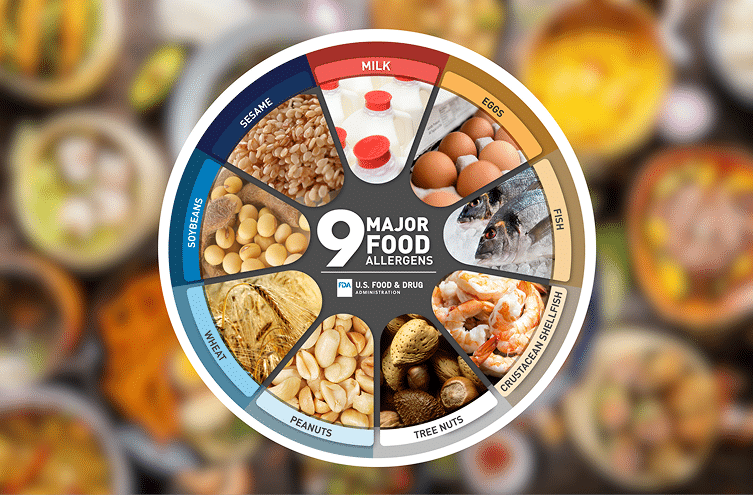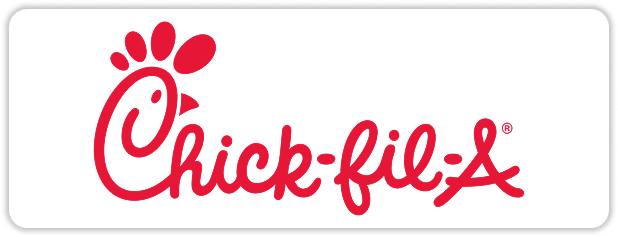
Restaurant Branding 101: Creative Strategies and Inspiring Examples for Success
The restaurant industry is as competitive as it is diverse. With endless options for diners to choose from, how do you make sure your restaurant stands out, attracts customers, and keeps them coming back for more? The answer lies in a strong, well-thought-out restaurant brand. In today’s digital age, restaurant branding can be the difference between a fully booked evening and a quiet, profitless night.
What Is Restaurant Branding?

Restaurant branding is much more than just a logo or a catchy slogan. It’s the sum of how your customers perceive your restaurant—from their first glance at your website or menu to their last interaction with your staff. It’s about creating an emotional connection with your diners shaping the way they think, feel, and talk about your business.
To build a memorable brand, you need to carefully craft every aspect of your restaurant’s identity, both online and offline. This includes your mission, values, visuals, and even the language you use in your marketing. A strong brand creates a consistent experience that resonates with customers and fosters loyalty.
Why Is Restaurant Branding Important?
The power of branding goes beyond customer attraction. It ensures diners associate your restaurant with positive experiences, making them more likely to return even if the food or service isn’t perfect on a particular visit. In fact, 65% of a company’s business comes from existing customers, and 52% of consumers recommend restaurants they’re loyal to.
Branding not only brings customers back but also helps them spread the word—whether through social media, word-of-mouth, or reviews. Building this kind of brand loyalty in the restaurant industry can be challenging, but it’s essential for long-term success.
How to Develop a Restaurant Brand: Step-by-Step

1. Develop a Mission Statement
Creating a mission statement is essential to building a strong foundation for your restaurant’s brand. Your mission is the promise you make to your customers, reflecting your unique perspective and values. To develop a compelling mission statement, focus on who you are, what you offer, and why you’re passionate about your food and service.
Start by asking yourself key questions:
- Who are you? Are you a farm-to-table bistro, a casual family diner, or an upscale fine-dining experience?
- What are you doing? Consider the type of cuisine you serve, whether it’s comfort food, global fusion, or health-conscious dishes.
- Why are you doing it? What drives your passion—providing fresh, sustainable ingredients or creating a welcoming space for community gatherings?
- What do you hope to accomplish? Are you committed to delighting customers with culinary excellence, offering exceptional service, or promoting healthier living?
- How will you accomplish this? By ensuring consistency, focusing on quality, or cultivating a talented, dedicated team.
By answering these questions, you shape your restaurant’s purpose and values, allowing your unique story to shine through. Your mission statement should be concise yet powerful, encapsulating your goals and what sets you apart. It’s more than just a marketing tool—it’s the heartbeat of your restaurant that inspires your team and resonates with customers.
2. Position Your Brand in the Market
After defining your “why,” it’s time to focus on your “what” and “where”—this is your brand positioning. It highlights how your restaurant stands out from competitors and shapes how customers perceive you. By positioning your brand thoughtfully, you can communicate your value more effectively and attract the right audience. The four Ps are key to positioning your restaurant:
- Price: Establishing a strategic pricing structure for your menu helps clarify your brand’s market position. It also identifies your true competition—whether you’re a budget-friendly eatery or a high-end dining destination.
- Product: Your menu, design, and overall dining experience form the foundation of your brand identity. Whether you offer gourmet dishes or casual bites, your product shapes customer expectations.
- Promotion: How you market your restaurant influences your visibility. From social media campaigns to local advertising, your promotion strategy draws customers in.
- Place: The physical location of your restaurant is key to accessibility and market relevance. Where you’re located plays a major role in your brand’s appeal.
To refine your positioning, conduct a SWOT analysis (Strengths, Weaknesses, Opportunities, and Threats). Gain valuable insights by talking to people in your neighborhood about your restaurant concept and competitors. Your potential customers are your best resource for understanding whether your brand fits their needs—and whether it will thrive in the market.
3. Find Your Brand Voice
Finding your brand voice is all about defining how your brand communicates with the world. It’s what sets you apart and reflects your brand’s personality in every interaction. To start, imagine your brand as a person and choose three words that describe it (e.g., Bold, Fun, Authentic). Then, dig deeper into each trait. What makes your brand “bold”? Is it the adventurous flavors, eye-catching design, or the vibe you create for your audience?
Once you clearly understand your brand’s personality, expressing it becomes effortless. Your voice will naturally reflect how your brand would “speak” and engage with customers, building strong, authentic connections.
4. Develop the Look and Feel of Your Brand
Your restaurant’s visual identity should reflect its core values and personality, capturing attention even before potential customers read your menu. Begin by crafting a mood board that includes elements like logos, colors, and restaurant designs you admire. This board will guide your choices in signage, menus, and decor, ensuring a cohesive and striking appearance.
Combine these visual elements with your brand’s personality guidelines to build a strong foundation. Whether you’re working with a graphic designer or taking a DIY approach, this integration will help create a brand aesthetic that stands out and resonates with your audience. Remember, a well-designed look not only attracts customers but also reinforces your restaurant’s identity, making it unforgettable.

5. Create a Brand Book
Just like serving exceptional food and delivering top-notch service, a consistent brand presence enhances every customer interaction, building lasting relationships and reinforcing your restaurant’s reputation.
A brand book, also known as brand guidelines or a style guide, acts as the blueprint for how your brand should appear and communicate across various platforms. Whether online (social media, website, advertising) or offline (menus, tabletop designs, uniforms), your brand elements must be cohesive to provide a seamless experience.
Here’s what to include in your brand book:
- Typography: Specify the fonts and typefaces used in your logo, menu, and all other designs to ensure uniformity in your written communications.
- Visuals: Outline acceptable photos and design elements for promotional materials to maintain a consistent visual identity.
- Communication Guidelines: Define the dos and don’ts for media interactions and explain how to represent your brand externally, ensuring everyone on your team speaks with a unified voice.
Restaurant Branding is Always Evolving
It’s important to remember that branding is not a static process. Your brand should evolve as your restaurant grows and your customer base changes. Staying on top of industry trends, customer preferences, and technological advancements will keep your brand relevant and engaging.
For example, Starbucks didn’t become a global coffee powerhouse overnight. Their brand evolved over time, continually adapting to new market needs while staying true to their core mission and values. Similarly, your restaurant should remain flexible and willing to update its branding as needed to keep customers coming back.
Real-World Examples of Successful Restaurant Branding
- Chipotle: Known for its commitment to sustainability and ethically sourced ingredients, Chipotle built a brand around transparency and quality. Their minimalist logo and clean, straightforward messaging have helped them carve out a unique position in the fast-casual dining space.
- Sweetgreen: This salad chain has made healthy eating cool with its modern, eco-conscious brand. Their sleek design, clear mission, and commitment to community engagement have made Sweetgreen a favorite among health-conscious millennials.
- Shake Shack: Shake Shack successfully turned a simple hot dog stand into a global brand by emphasizing quality, consistency, and a nostalgic yet contemporary dining experience. Their branding—simple, friendly, and playful—reflects their commitment to delivering great food in a relaxed, fun environment.
























